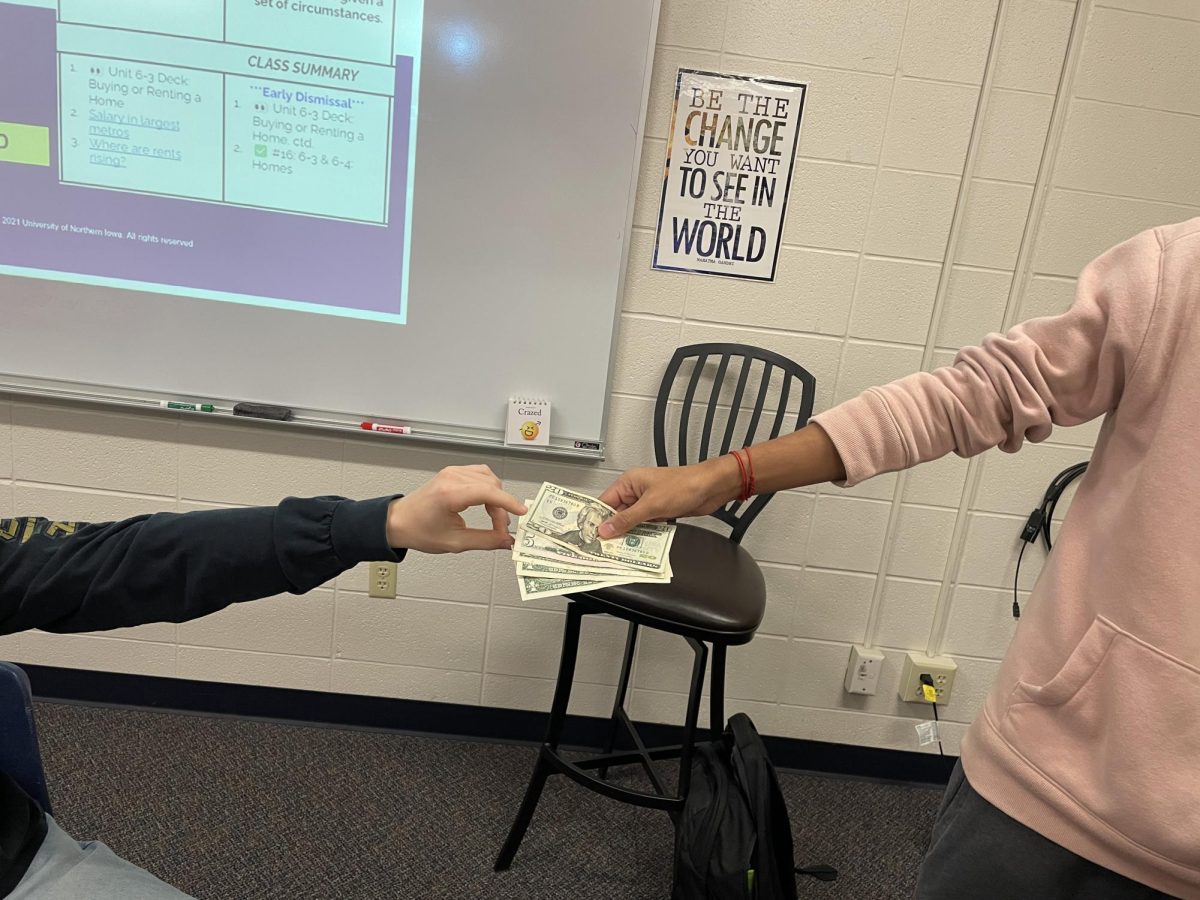As the holiday season continues, the United States is feeling the effects of high inflation and climbing debt as both businesses and consumers spend less.
The economy in the US is returning to more stable levels, resembling the pre-COVID times. Inflation decreased to 3.2% in October, but the effects of interest rates as high as 6.4% in January 2023 can still be felt.
The average American is expected to spend $1,652 this holiday season, the highest amount since 2019. This is up from $1,455 last year, but it doesn’t paint the whole picture. Consumers are expected to buy eight gifts (compared to nine last year) and spend more on gift cards ($300 compared to $217 last year).
The amount of money people are expected to spend grows higher, but the quantity of the purchased goods seems to be down. Major logistics companies estimate a majority of stores will carry more lower dollar promotional items this year as opposed to high dollar items.
Student loan payment plans restarting will also lead to less holiday shopping this year. In March of 2020, the U.S. Department of Education’s Office of Federal Student Aid announced they would allow relief for those with student loans by allowing them to halt payments without interest until Sept. 1, 2023. With student debt sitting at $1.64 trillion in the US (approximately $38,000 per borrower), the sudden start of the payments again will leave people short on extra spending cash.
Business teacher Janene Murphy feels consumers who have been most affected by the economic conditions will have tough decisions this year. “We’ll probably see a combination of things happening. There’ll probably be a reduction in the amount that people are spending. Which has a ripple effect throughout the economy and the business cycle. And you’ll probably see some more people who are thinking they don’t want to let down their family so they will add a little more to their credit card bill,” she stated.
Credit card debt will also play a massive role. 8% of credit card balances are more than 30 days past due, the highest since the 2008 recession. The prime rate has also reached 8.50%, marking the first time since 2006 that it has been this high. When the prime rate goes up, so do the interest rates on credit cards, leading to higher amounts of money required to pay back on late payments.
Personal finance teacher Rita Brown feels many people don’t understand the impact of prime rates when it comes to their own payments. “The prime rates have been going up and Americans are starting to feel the increase of the credit card rates as an increase in their minimum payments on their credit cards and they don’t expect that… so now their payments are going up even if they aren’t buying more” she shared.
These compounding effects on the American economy have built up and are now releasing for the holiday season. The final impact is sure to be felt as the season progresses.









